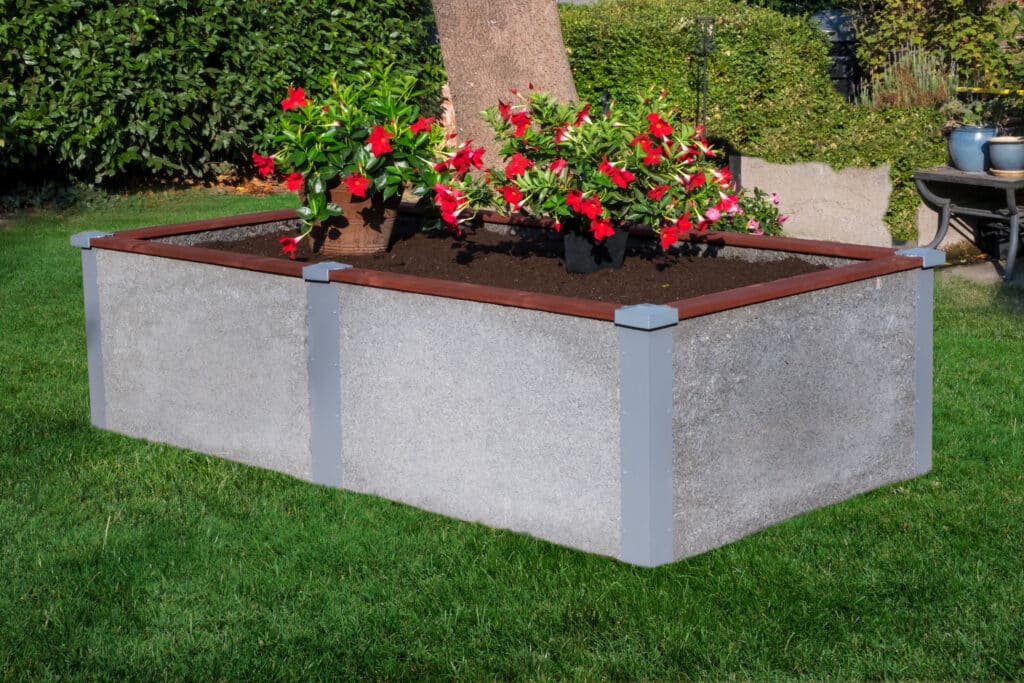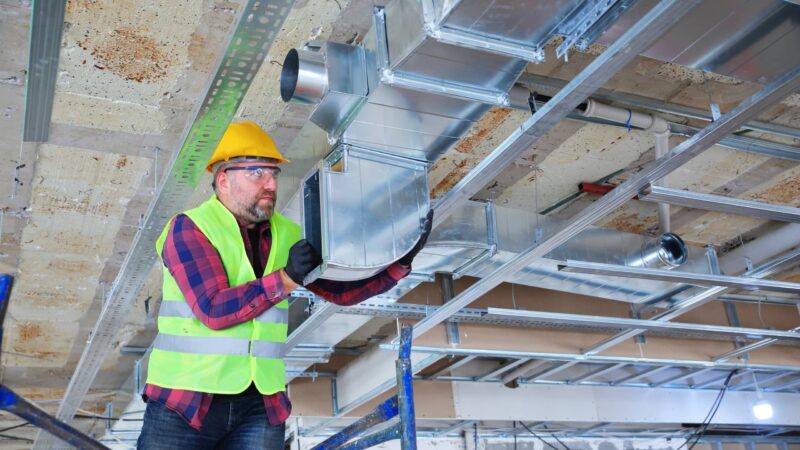How to Create an Effective Irrigation System for a Raised Bed Garden

If you’ve switched to raised bed gardening, you’ve already made a smart move for better soil control and easier planting. However, when it comes to watering, raised beds require a different approach. They benefit most from a consistent, well-planned irrigation system because they drain faster and dry out more quickly than in-ground gardens.
Here’s how to create an irrigation system with the right garden kits that saves time, uses water wisely, and helps your plants thrive, all without overwhelming your weekends.
Why Raised Beds Need a Different Approach
Unlike in-ground gardens, raised beds are built up from the soil line, giving better drainage and a looser planting medium. However, that also means they lose moisture faster. Water can evaporate from the sides, run off more easily, and dry out sooner in the sun.
If you rely solely on hand watering, keeping moisture levels steady is hard, especially in hot or windy weather. And because raised beds often hold many plants in a small area, missing a few spots can lead to uneven growth or wilting.
A good irrigation system delivers water right where it’s needed, at the root zone, and does so evenly every time. They benefit most from a consistent, well-planned irrigation system because they drain faster and dry out more quickly than in-ground gardens.
Choose the Right Irrigation System
There are several watering methods, but some garden kits work much better in raised beds than others:
Drip irrigation is one of the most effective options. It delivers water slowly and directly to the base of each plant through small tubes or emitters. It’s ideal for vegetable beds because it prevents wet foliage, which can lead to disease, and ensures deep watering.
Soaker hoses are another popular choice. These hoses slowly seep water along their entire length and can be laid in rows across the bed. They’re easy to install and work best when plants are spaced evenly.
Micro-spray or sprinkler kits are more flexible, especially for mixed beds or wider layouts. A modular sprinkler kit allows you to expand or adjust sprinkler heads based on bed size, plant spacing, or seasonal needs. It’s a convenient option for gardeners who want coverage without investing in a custom irrigation setup.well-planned irrigation system because they drain faster and dry out more quickly than in-ground gardens
Planning Your Layout
Before buying any parts, sketch out your raised bed and take a few basic measurements. Also, consider your plant layout: Do you have tightly spaced greens or larger, thirstier crops like tomatoes?
If you’re using drip lines, plan to run a line down each row of plants. To help reduce evaporation, position them on top of the soil or under a thin layer of mulch or finishing soil. For soaker hoses, you’ll want even loops or zigzags that cover the full surface of the bed.
If you’re using a modular sprinkler kit, lay it out to avoid overspray outside the bed. Some kits are specifically made for raised beds and include customizable heads that spray just where it’s needed.
Add a Timer for Set-and-Forget Watering
Adding a timer is one of the easiest upgrades you can make. From simple dial timers to smart timers connected to Wi-Fi, automating your irrigation helps ensure your plants get consistent moisture, even when you’re away.
Timers are especially helpful in summer, when raised beds may need daily watering. If you have several beds or zones with different watering needs, look for models that allow multiple zones.
You can also choose a sprinkler kit with an automatic timer to automate watering on a schedule that suits your garden.keeping moisture levels steady is hard, especially in hot or windy weather. And because raised beds often hold many plants in a small area, missing a few spots can lead to uneven growth or wilting.Unlike in-ground gardens, raised beds are built up from the soil line, giving better drainage and a looser planting medium.
Maintenance and Troubleshooting
A good irrigation system is low-maintenance, but it’s not no-maintenance.
Check your lines regularly for leaks, blockages, or misaligned emitters. Flush your system at the start and end of each season to keep it clean. If you notice puddling, yellowing leaves, or stunted growth, your system may be overwatering or underdelivering to certain areas.
Before winter hits, disconnect hoses, timers, and filters. Drain any remaining water from the lines to prevent cracking or freezing damage.
Conclusion
A raised bed garden gives you control over your growing space, and your watering routine should match that same level of precision. With the right irrigation system, you’ll water less often, waste less water, and enjoy more consistent plant growth.
Even a basic setup with a simple timer can dramatically reduce the daily effort required to keep your garden thriving. Over time, you can upgrade to suit your space, seasons, and crops.
Start with what you need today, and let your irrigation system grow with your garden.



